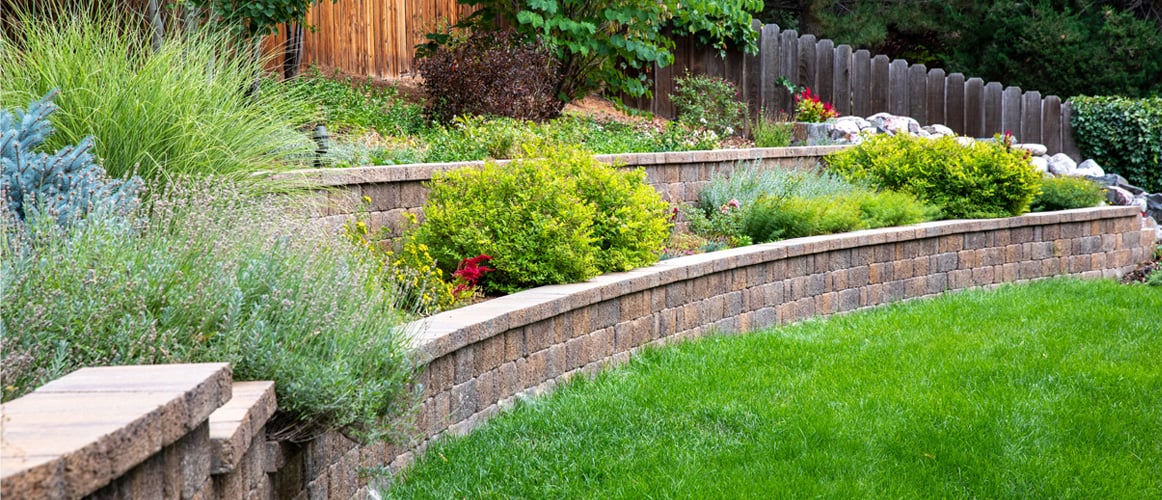The trimming and/or pruning of ornamental plants is a reality for many maintenance companies. These processes tend to be extremely labor and fuel intensive, not to mention the costs of clipping disposal. While more northern parts of the country may only require one to two trimmings per year, southern regions may easily see several or even year-round shearing.
Lack of willing labor continues to make processes like these far more difficult. Staff shortages continue to plague the industry causing companies to be strategic about what properties they can take on. In some cases, other maintenance operations will have to be halted just to complete shrub trims. The use of lower maintenance plants or elimination of others has become more common to streamline routine maintenance, and the results of which add up to revenue loss for the maintenance companies.
The use of plant growth regulators (PGRs) for shrubs and ornamental landscape plants is not nearly as widespread as it is in turfgrass management. Many of the same active ingredients can and have been used to reduce the growth of landscape plants alleviating the tedium of routine pruning. Additionally, there are many plant healthcare aspects to take into consideration.
Trimming is stressful, but the reduction will lead to healthier plants. Other such benefits include: more chlorophyll production (darker green color), enhanced flowering, and improved water efficiency and drought resistance. PGRs encourage a tighter, more compact growth habit for more aesthetic value and reduced wind/storm damage. While these materials reduce top growth, they can also redirect the plant’s energy into rootmass development.
Currently, there are two options with another one on the horizon. Cutless 0.33G from SePro is a granular product applied to the soil around the plant and under the dripline of hedges. This application has been used for years with great success. The things to watch for include mulch depth, soil moisture, and the ability to incorporate the product with subsequent irrigation or rainfall. It may take two or more weeks before the onset of regulation, however the effects can last for two to six months depending on the plant species. Cutless is safe for many plant species and in some markets can be a season long answer to the necessity of shrub trimming.
Atrimmec from PBI/Gordon is a liquid, sprayable option which can also reduce the need for shrub trimming by 50% or more. When applied right after the first trim or shape, Atrimmec can yield several weeks of regulation. In areas with a shorter season, one application may be enough while other areas may require two applications.
Coming soon is Cutless QuickStop. This new formulation is a foliar, sprayable product which boasts very fast-acting results with very low phytotoxicity (burn) potential. This product can be mixed in small hand cans, backpack sprayers, or larger equipment for easy use. Make sure your customer has a clean sprayer that hasn’t been used for any herbicides even if you have to sell them one. Activity should easily last eight to 12 weeks before it is necessary to reapply and reduces trimming by 30% to 70% making this a long-lasting economical choice for property maintenance.
So how much can these products really save? In terms of labor, fuel, and clipping disposal, the answer can be hundreds to thousands per month. This is not a finite answer because wages, fuel costs, properties, equipment wear, trimming line (for turf), and disposal costs are not specific across the country, but in today’s climate, growth regulator usage for turf and ornamentals can mean a huge bump in your customer’s bottom line.
Adding PGRs to your customer’s program can be the game changer that they need to take them to the next level of profitability. Visit SePro and PBI Gordon for calculators to help uncover potential savings. Let us know if there are any questions.




